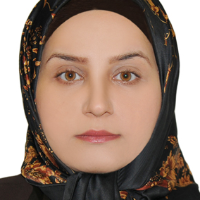Comparison Of Two Downscaling Methods (LARS-WG and ASD) In Predicting Precipitation And Temperature Under Climate Change In Different Climate
The climate change is a unprecedented change that are taking place. Changes of meteorological parameters, rainfall, maximum and minimum temperatures change it. Since weather forecasting is important for these three parameters, in this study the mean of these changes for the periods 2010-2039, 2040-2069 and 2099-2070 compared to the base period 1990-1961 at three stations (Mashhad, Birjand, Bojnurd) and the model HadCM3 with A2 scenario were predicted. The downscaling models were used for data analysis were LARS-WG and ASD. The results showed that the ASD model 0.11, 0.01 and 0.02, respectively, with mean absolute error for the stations is more accurate than LARS model. The ASD model predicted changes in precipitation is less than LARS model in each stations. MAE values for minimum and maximum temperatures at LARS are less than ASD. These values for Mashhad are respectively 0.38 and 0.18.
Downscaling , LARS , WG , ASD , HadCM3 , Prediction
-
Application of Aridity Index in Determination of Potential Evapotranspiration for Estimating Crop Water Use in Iran
A. Alizadeh, N. Salehnia
Iranian Journal of Irrigation & Drainage, -
Wheat yield estimation using landsat images and field observation: A case study in Mashhad
H. Sanaeinejad, M. Nassiri Mahallati, H. Zare, N. Salehnia*, M. Ghaemi
Journal of Plant Production,



